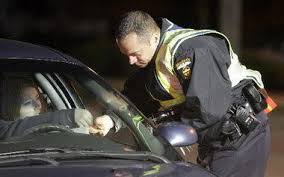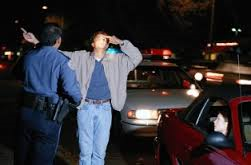
“You wanna take it outside?”
UH-OH! LAWYERS GETTING READY TO FIGHT!
With every professional services industry there is the “old way” of doing things and the “cutting edge.” As technology and general knowledge advances, those who do not adapt oft get left in the dust. The recent economic caused both large and small law firms to examine their business models and adjust to eliminate inefficiencies by use of technology or simply cutting staff with IP attorney in Chicago checking them out. Motion practice is very much the same. An attorney has to stay up to date with new case law and new legislation. An attorney should always be on the lookout for ways to improve his or her practice and/or the system in general, read about it here to learn more about DUI lawyers.
Alternative dispute resolution frees up court resources by handling contested legal matters outside the courtroom. Mediation and binding arbitration are commonly used means of alternative dispute resolution in civil law. Even in family law, which are some of the most contentious cases, mediation settles most every case. Outside of diversion programs, there is no means of effective alternative dispute resolution in criminal law. That is not to say that this area has never been explored or attempted by defense counsel. One such attempt is documented below. We would like to commend the criminal defense attorney for being a forward thinking advocate for the use of alternative dispute resolution in criminal cases.
[gview file=”https://yourfloridacriminalattorney.com/wp-content/uploads/2014/09/motionforfistfight.pdf” save=”1″]
Criminal defense attorney Michael Dye represents individuals charged with all types of felonies and misdemeanors including, but not limited to contempt of court. For more information, please contact Mr. Dye at his Fort Lauderdale or Miami office:
The Law Offices of Michael A. Dye, PA, 1 E Broward Blvd #700, Fort Lauderdale, FL 33301 (954)990-0525 or
The Law Offices of Michael A. Dye, PA, 2 S Biscayne Blvd, Miami, FL 33131 (305)459-3286




